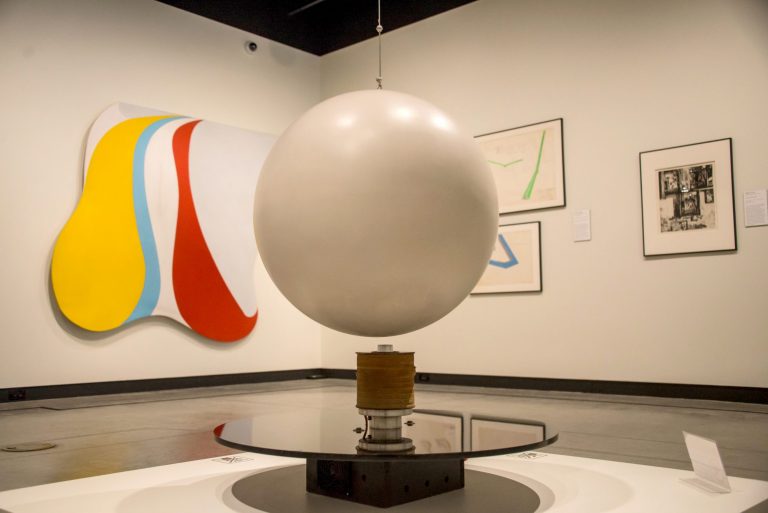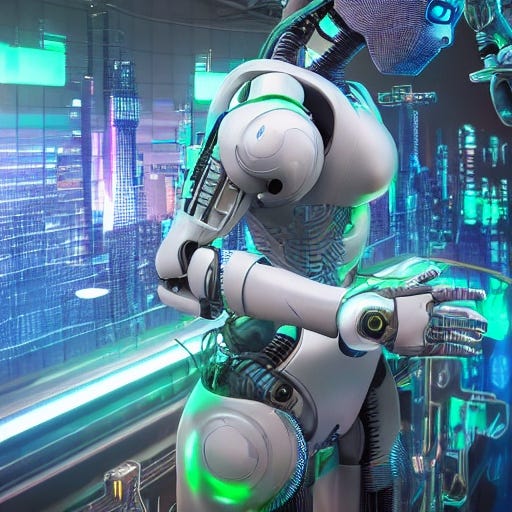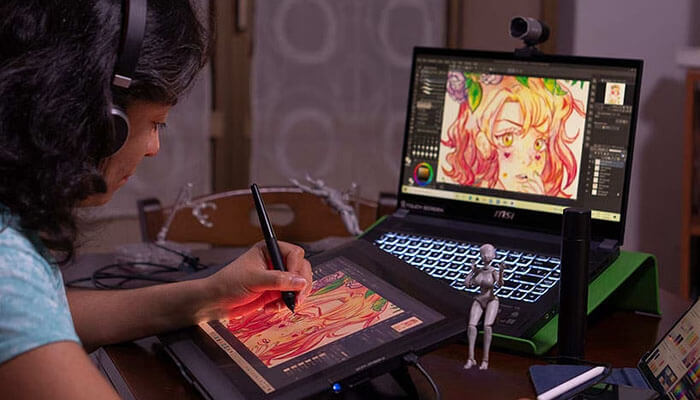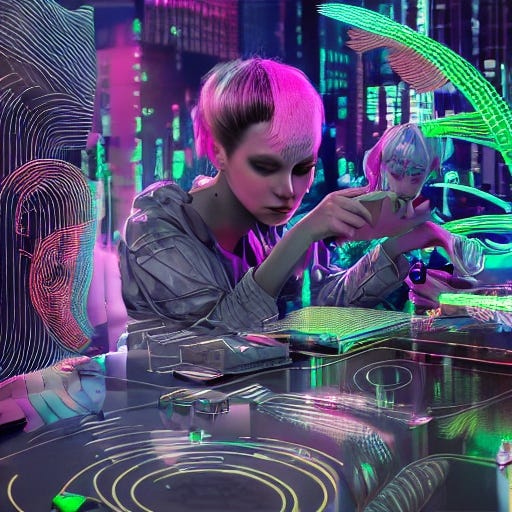
Evolution of Art and Technology
Historical Overview of Art and Technology
At the heart of the thriving landscape we know as art today lies a long history interwoven with technology. From the prehistoric cave paintings created over 30,000 years ago to the sophisticated digital canvases of contemporary artists, the journey showcases an extraordinary evolution.
- Ancient civilizations utilized rudimentary tools such as chisels and brushes crafted from nature.
- The Renaissance saw the introduction of oil paints, which transformed the medium and techniques used by artists.
- The Industrial Revolution further accelerated change with the advent of photography, captivating artists and altering perception itself.
This historical tapestry illustrates how each technological leap has reshaped ideas, styles, and methods of creation.
Impact of Technological Advancements on Artistic Expression
As technology progressed, so did the scope of artistic expression. Imagine the thrill of artists experimenting with photography, video, and later, digital media.
Some notable impacts include:
- New Mediums: Artists now create using a blend of traditional materials and digital tools.
- Broader Accessibility: With the rise of platforms like social media and online galleries, artists can reach global audiences without the constraints of physical galleries.
- Collaborative Projects: Technology fosters collaborations across disciplines, bringing together artists, scientists, and technologists to create engaging experiences.
In essence, the intersection of art and technology continues to foster a vibrant dialogue, pushing boundaries and redefining creativity as we know it.

Current Trends at the Intersection
Digital Art and NFTs
As we step into the current era, digital art has exploded onto the scene, bringing a freshness to the art world that is both exhilarating and disruptive. Artists are now embracing the digital canvas, creating stunning works that transcend traditional formats.
A key player in this revolution is the emergence of Non-Fungible Tokens (NFTs). These unique digital assets have rewritten the rules of ownership and authenticity in the art market. For instance:
- Ownership: Artists can sell their work directly to buyers, bypassing galleries and traditional auction houses.
- Royalties: Creators can earn royalties from resales, ensuring continued profit from their creations.
- Collectibility: Buyers enjoy having distinct pieces backed by blockchain technology, confirming their uniqueness.
Virtual Reality and Augmented Reality in Art
In addition to digital art, the utilization of Virtual Reality (VR) and Augmented Reality (AR) is transforming how audiences experience artistic expressions. Imagine stepping into a 3D artwork or having interactive elements enhance a painting in real-time:
- Immersive Experiences: VR offers users a fully immersive experience where they can explore virtual galleries.
- Enhancing Real Spaces: AR can enhance physical artwork by adding layers of information or animations through mobile devices.
These technologies not only redefine what art can be but also engage viewers in dynamic new ways, inviting them to participate in the creative process. The landscape at the intersection of art and technology is vibrant and ripe with possibility.

Future Prospects: Innovations and Collaborations
AI and Machine Learning in Art Creation
Looking forward, the integration of artificial intelligence (AI) and machine learning into art creation is undeniably exciting. These cutting-edge technologies are not simply tools; they’re collaborators that can inspire entirely new genres of artistic expression.
Imagine an artist utilizing AI algorithms to generate unique visual concepts, allowing for endless experimentation. Some key benefits of AI in art include:
- Enhanced Creativity: Artists can explore new styles and techniques they might not have considered before.
- Time Efficiency: Machine learning can assist in repetitive tasks, freeing artists to focus on the creative process.
- Personalization: AI can analyze a viewer’s preferences to create tailored artworks.
Blockchain Technology for Art Authentication and Ownership
Equally transformative is blockchain technology, which promises to reshape how we authenticate and verify ownership in the art world. This decentralized ledger offers:
- Transparency: A clear record of an artwork’s history, providing buyers confidence in their purchases.
- Security: Blockchain ensures that ownership records are tamper-proof, reducing the risk of forgery.
- Empowerment for Artists: Many artists can directly control their works and royalties without intermediaries.
Ultimately, these innovations highlight a progress-oriented future where artists and technology endlessly collaborate to shape an unprecedented artistic landscape. With every new development, the potential for creativity expands, inviting everyone to participate in this dynamic journey.

Ethical and Societal Implications
Copyright Issues in Digital Art
As we embrace the advancements in the intersection of art and technology, it’s essential to address the ethical and societal implications that arise—starting with copyright issues in digital art. With the ability to share and redistribute digital works at the click of a button, the line between inspiration and infringement has become increasingly blurred.
Key challenges include:
- Attribution: Many artists struggle with getting proper credit for their work in a vast online landscape.
- Unauthorized Use: Digital art is particularly vulnerable to being misused or repurposed without permission.
- Enforcement Difficulties: Traditional copyright laws are often ill-equipped to handle the rapid pace of digital distribution.
Navigating these complexities requires a collective effort from artists, tech companies, and lawmakers.
Accessibility and Inclusivity in Technological Art Forms
Next, we must consider accessibility and inclusivity in technological art forms. As exciting as these advances are, they can inadvertently widen the gap between those with access to technology and those without.
To promote inclusivity, stakeholders should focus on:
- Affordable Technology: Making tools and platforms more accessible to creators from diverse backgrounds.
- User-Friendly Interfaces: Designing intuitive interfaces that empower anyone, regardless of technical expertise, to create.
- Diverse Representation: Encouraging marginalized voices to participate in the digital art space, enriching the collective narrative.
By addressing these ethical concerns, we help foster a more equitable and vibrant artistic community, setting a precedent for future creators in the age of technology.

Challenges and Opportunities Ahead
Balancing Creativity with Technological Constraints
As artists venture deeper into the realms of technology, a critical challenge emerges: finding the perfect balance between creativity and the constraints posed by various technologies. While new tools can enhance artistic expression, they also come with limitations.
Some of the constraints artists often face include:
- Technical Skills: Not every artist has the expertise to navigate complex software, which can stifle creativity.
- Platform Limitations: Certain digital platforms may restrict the types of outputs creators can produce, influencing artistic choices.
- Over-Reliance on Technology: There’s a risk that artists may lean too heavily on digital tools, potentially overshadowing the fundamental aspects of traditional art-making.
It’s essential for artists to connect with their creative instincts while effectively leveraging technology as a complementary force.
New Avenues for Artistic Sustainability
On the flip side, the intersection of art and technology offers abundant opportunities for sustainability. Artists are increasingly aware of the environmental impact of their materials and methods.
Some promising avenues include:
- Digital Mediums: Creating art digitally reduces waste associated with traditional materials, making it a sustainable option.
- Collaborative Projects: Artists can partner with tech companies to develop sustainable practices and eco-friendly solutions.
- Awareness Campaigns: Leveraging technology to promote themes of sustainability can enrich the artistic dialogue, encouraging audiences to reflect on their environmental impact.
In embracing these challenges and opportunities, artists can cultivate a thriving, sustainable future that honors their craft while respecting our planet.

Conclusion: Shaping the Future of Art through Technology
As we navigate the evolving landscape where art meets technology, it’s clear that this intersection is not just a trend; it’s the future of creative expression. The recent discussions have highlighted how innovations like AI, blockchain, and immersive technologies are not merely tools but catalysts for change, enabling artists to explore new dimensions in their work.
- Increased Accessibility: Digital platforms are breaking down barriers, making art accessible to a broader audience.
- Continuous Innovation: The constant advancements in tech encourage unlimited experimentation, leaving no boundaries to creativity.
- Ethical Considerations: As we create, it’s essential to remain aware of the ethical implications and prioritize sustainability in artistic practices.
For artists, technologists, and art enthusiasts alike, this journey into the future is filled with promise. By embracing technology while staying rooted in artistic integrity, we can shape a vibrant, inclusive community that celebrates both creativity and innovation. The horizon is bursting with possibilities, waiting for those daring enough to explore its artistic potential!
